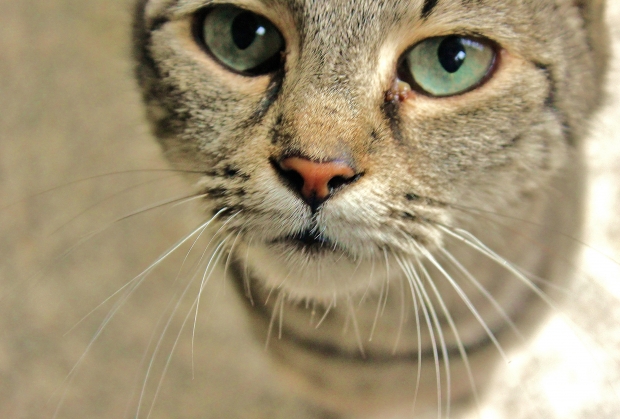 Feline Rabies is an inflammatory infection that specifically affects the gray matter of the cat’s brain and its central nervous system (CNS). The primary way the rabies virus is transmitted to cats in the United States is through a bite from a disease carrier: foxes, raccoons, skunks, and bats. Infectious virus particles are retained in a rabid animal’s salivary glands to better disseminate the virus through their saliva.
Feline Rabies is an inflammatory infection that specifically affects the gray matter of the cat’s brain and its central nervous system (CNS). The primary way the rabies virus is transmitted to cats in the United States is through a bite from a disease carrier: foxes, raccoons, skunks, and bats. Infectious virus particles are retained in a rabid animal’s salivary glands to better disseminate the virus through their saliva.
Once the virus enters the cat’s body, it replicates in the cells of the muscles and then spreads to the closest nerve fibers, including all peripheral, sensory and motor nerves, traveling from there to the CNS via fluid within the nerves. The virus can take up to a month to develop, but once the symptoms have begun, the virus progresses rapidly.
Continue reading Feline Rabies Treatment and Management
 With summer officially here, many families are traveling and and making vacation plans. If you have a dog, before you think about leaving him or her behind, consider these benefits of traveling with your furry friend.
With summer officially here, many families are traveling and and making vacation plans. If you have a dog, before you think about leaving him or her behind, consider these benefits of traveling with your furry friend.
























